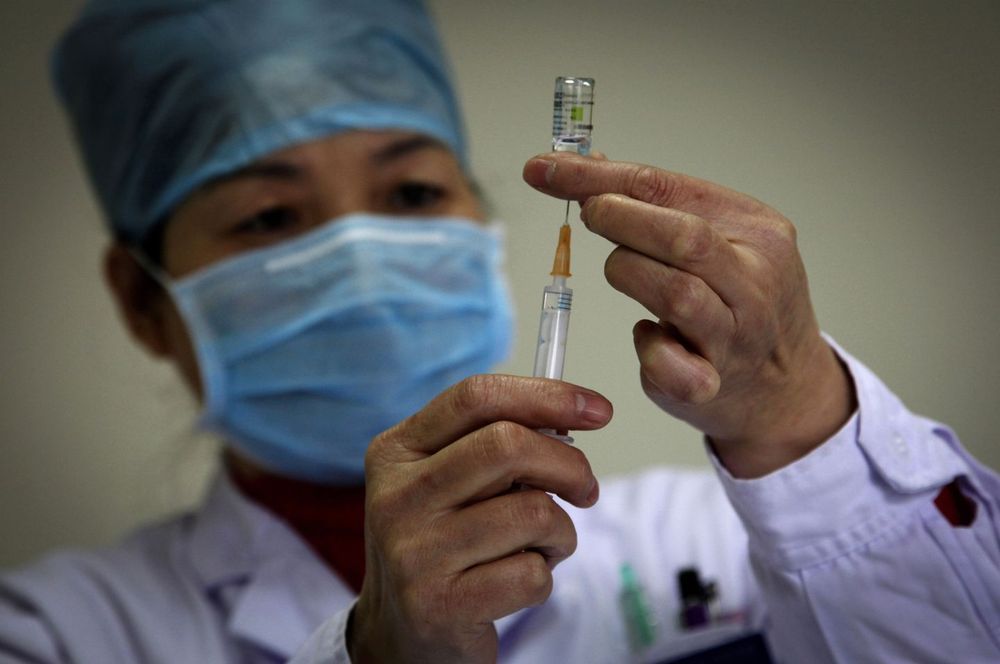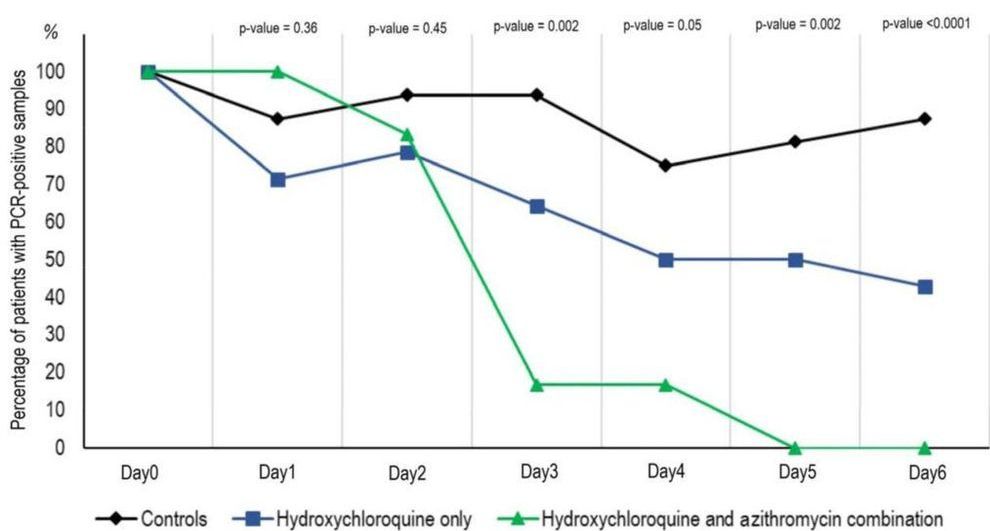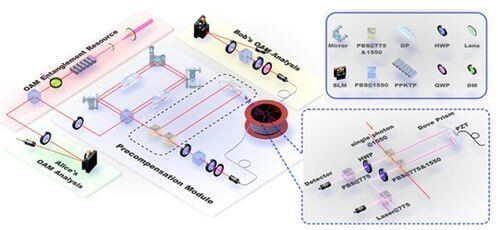At a time when Beijing and Washington should be cooperating, both sides are locked in a strategic competition.



Dinorah Delfin has unleashed another exceptional edition of Immortalist Magazine. One of the best aspects is the dueling articles on the future states of Artificial General Intelligence (AGI).
Daniel Faggella constructs another dismal, dreary, depressing, destruction of hope for a benevolent artificial general intelligence. Emphasis on depressing. He has a wonderful way of creating a series of logical roadblocks to any optimism that there is a future with a compassionate artificial general intelligence. But he seems to be arguing against a contention that probably nobody believes in. He is arguing that there is no certainty that an artificial general intelligence will be benevolent. Most thinking humanoids are going to agree with that perspective. As he points out forcefully in his concluding and strongest rebuttal: no one knows what the future holds.
But no one is looking for absolute certainty in the far future. Transhumanists in general are looking for a path forward to an existence full of superhappiness, superintelligence and superlongevity.
How did Viruses evolve?
The evolutionary history of viruses remains unclear. Some researchers hypothesize that viruses evolved from mobile genetic elements that gained the ability to move between cells. Other researchers postulate that viruses evolved from more complex organisms that lost the ability to replicate independently. Still others hypothesize that DNA viruses gave rise to the eukaryotic nucleus or that viruses predate all cellular life-forms. Reasonable arguments can be made for all of these hypotheses. It may be that viruses arose multiple times, via each of these mechanisms. It may be that viruses arose from a mechanism yet to be described. Continuing studies of viruses and their hosts may provide us with clearer answers.

You can access information for this clinical trial in the links pdf.
Percentage of patients with PCR-positive nasopharyngeal samples from inclusion to day6 post-inclusion in COVID-19 patients treated with hydroxychloroquine only, in COVID-19 patients treated with hydroxychloroquine and azithomycin combination, and in COVID-19 control patients.

Possible treatments for coronavirus:
Remdesivir by the firm Gilead was developed to fight other viruses including Ebola (where it was shown to be ineffective) and it hasn’t yet been approved for treating anything. Still, it has shown early promise in treating some coronavirus patients in China, according to doctors, and manufacturer Gilead is moving ahead with final stage clinical trials in Asia. It has also been used to treat at least one US patient so far.
NIH’s Anthony Fauci, one of the top government scientists overseeing the coronavirus response, has said it could be available in the next “several months.”
WHO officials says progress being made, but any immunizing solution will take time: ‘There is only one thing more dangerous than a bad virus, and that’s a bad vaccine’

A team led by Prof. Guo Guangcan from University of Science and Technology of China (USTC) of the Chinese Academy of Sciences (CAS) and collaborators first realized distribution of high-dimensional orbital angular momentum entanglement over a 1 km few-mode fiber. The result is published in Optica.
Increasing the channel capacity and tolerance to noise in quantum communications is a strong practical motivation for encoding quantum information in multilevel systems, qudits as opposed to qubits. From a foundational perspective, entanglement in higher dimensions exhibits more complex structures and stronger non-classical correlations. High-dimensional entanglement has demonstrated its potential for increasing channel capacity and resistance to noise in quantum information processing. Despite these benefits, the distribution of high-dimensional entanglement is relatively new and remains challenging.
The orbital angular momentum of photon is a high dimensional system which has been paid much attention to in recent years. However, orbital angular momentum entanglement is susceptible to atmospheric turbulence or mode crosstalk and mode dispersion in optical fibers. It can only transmit a few meters, and is limited to two-dimensional entanglement distribution.

Isolated at home? Then train like an astronaut.
That’s the inspirational advice from a public engagement specialist at NASA’s Jet Propulsion Laboratory in Pasadena, California.
Astronaut wannabe Rachel Zimmerman-Brachman said Friday that isolation is a lot like astronaut training. So she came up with this positive message and launched it via Facebook on Thursday:

If it wins FDA approval next year, the two-part sensor could help spot new infections weeks before symptoms begin to show.
Why are pandemics so hard to stop? Often it’s because the disease moves faster than people can be tested for it. The Defense Department is helping to fund a new study to determine whether an under-the-skin biosensor can help trackers keep up — by detecting flu-like infections even before their symptoms begin to show. Its maker, Profusa, says the sensor is on track to try for FDA approval by early next year.
The sensor has two parts. One is a 3mm string of hydrogel, a material whose network of polymer chains is used in some contact lenses and other implants. Inserted under the skin with a syringe, the string includes a specially engineered molecule that sends a fluorescent signal outside of the body when the body begins to fight an infection. The other part is an electronic component attached to the skin. It sends light through the skin, detects the fluorescent signal and generates another signal that the wearer can send to a doctor, website, etc. It’s like a blood lab on the skin that can pick up the body’s response to illness before the presence of other symptoms, like coughing.

The scientists running Seattle-based Oceans Initiative more typically apply their marine mammal expertise to research on endangered orcas or conservation of white-sided dolphins in Washington’s Puget Sound.
But the upside-down world of the new coronavirus and the closure of their nearly 6-year-old daughter’s school inspired them this week to launch what they’ve dubbed their Virtual Marine Biology Camp.
“We thought maybe it would be fun for a group of us to be able to hang out online and talk about whales and dolphins and other marine life,” said Erin Ashe, executive director and scientist with the nonprofit institute.
